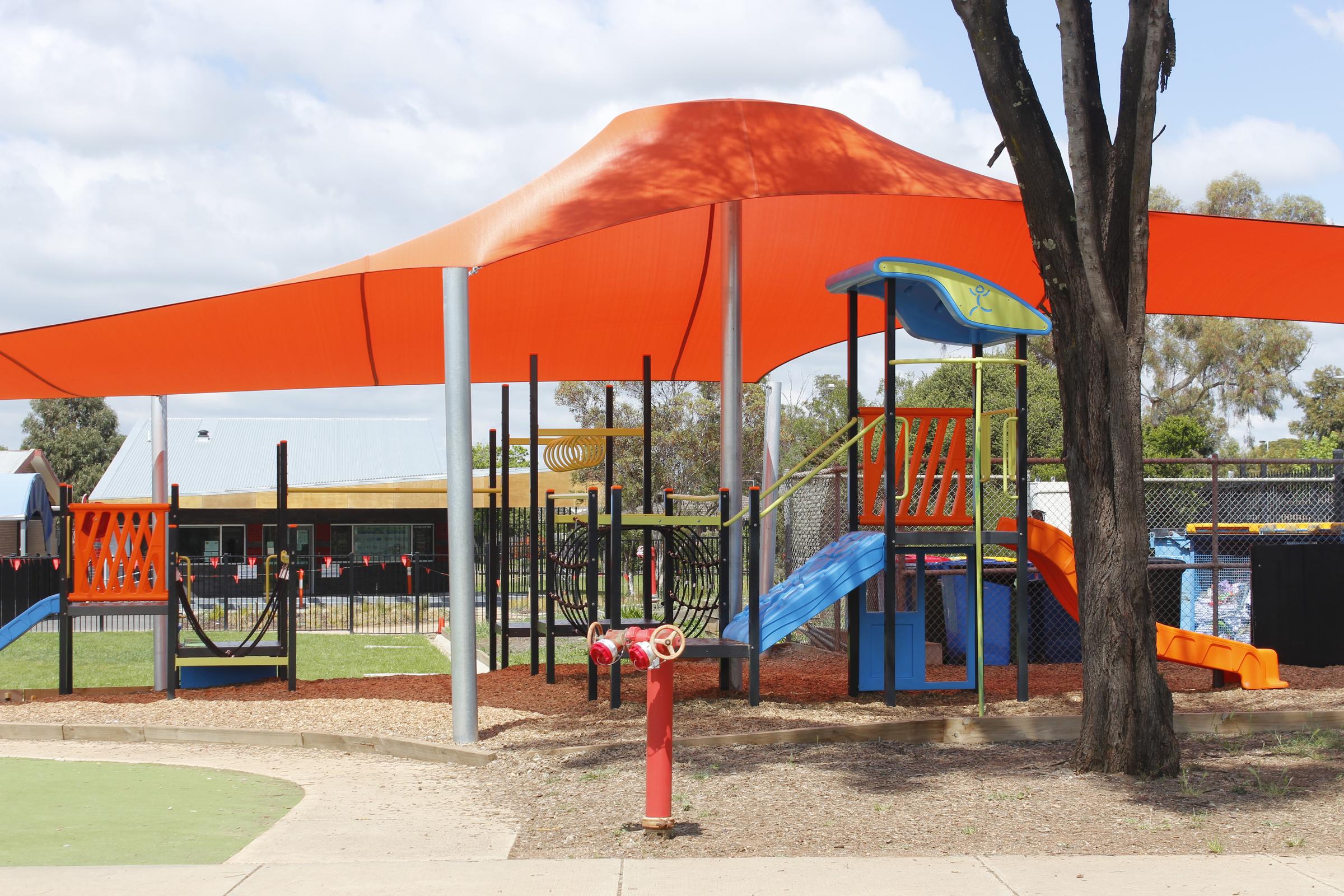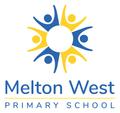Assistant Principal Report

IMPORTANT INFORMATION | |
|---|---|
| Friday 11th June | Students return to school Welcome Back! |
| Monday 14th June | Queens Birthday Public Holiday - No School |
| Tuesday 15th June | Curriculum Day - No students at school |
| Wednesday 16th June | Students return to school |
Value of FEEDBACK for Learning
Dear Parents and Carers,
A HUGE thank-you to all our parents and carers for supporting our staff, and more importantly, the ongoing support you have provided your children at home throughout this Remote and Flexible Learning 4.0. You are your child’s first and most valued teacher and we all appreciate the ways in which you have supported your child from home in order to access the learning provided.
During Remote Learning our teachers and ES staff have focussed on providing quality feedback to our students. Please see below the different levels of feedback and some prompts, questions you may like to use when giving feedback to your child regarding their work.
- Task level: This level includes feedback about how well the task is being accomplished or performed, such as: • distinguishing correct from incorrect answers • acquiring more or different information • building more surface knowledge – re-teach/multiple opportunities.
An example of feedback at the task level may be:
“Your goal was to write about all of the things you did (the events) in order. Yes, you have written the first thing first, but after that it becomes muddled. Your next step is to go back to your plan and check your numbering of the order of the events as they happened. What happened second, third, fourth, etc? Then you can use your plan to rewrite them in that order.”
- Process level: This level includes feedback specific to the processes underlying the tasks or relating and extending tasks. Such feedback includes: • relationships among ideas • students’ strategies for error detection • explicitly learning from errors • cueing the learner to different strategies and errors.
An example of feedback at the process level may be:
“Remember that the thing we are working on is the sequencing. Hmm, there’s something not quite right here. Why don’t you have another look and identify what you think needs fixing up? Then come and have a chat about this before you do your next draft.”
- Self-regulation level: This type of feedback supports students to monitor, direct and regulate actions towards the learning goal. Such feedback includes: • the ability to create internal feedback and to self-assess • the willingness to invest effort into seeking and dealing with feedback information • being able to review work to decide if an answer is correct • seeking help to seek further information and/or confirm a response.
An example of feedback at the self-regulation level may be:
“How about you self-assess this draft? You know you’ve got the success criteria and the exemplars. You could work with Nicole and Ryan to assess each other’s. And can you come up with some ideas for what you might do differently in sequencing your writing next time? That would be great to share with some of the others in the class.”
We hope that the above gives you an insight into the types of feedback your child may get from their teacher and ES staff. We understand that Remote Learning can be challenging for all involved and together we have come through Remote Learning 4.0 stronger and more appreciative of each other’s talents and strengths.
‘The best view comes after the hardest climb’.
Warmest Regards,
Kathy Cvitkovic - Assistant Principal

